A Guide to Free Glowworm Watching in New Zealand: Top Hidden Gems & Essential Tips
Are you dreaming of experiencing the magic of bioluminescent creatures without spending a dime? Wondering where to find incredible free glowworm watching opportunities in New Zealand? You’re in luck! While many people think they need to pay for a tour to see New Zealand’s famous glowworms, this isn’t always true.
New Zealand is celebrated worldwide for its stunning landscapes, from majestic fjords to lush forests. But one of its most enchanting natural spectacles happens after dark: the twinkling lights of native glowworms. These tiny creatures light up caves, forests, and riverbanks, creating a truly unforgettable experience. And the best part? Many of these awe-inspiring displays are completely free to enjoy.
New Zealand is home to a unique species, Arachnocampa luminosa. Unlike other glowworms found globally, this species spins sticky silk threads, much like a spider, to trap small insects. Seeing them in their natural habitat feels like stepping into a real-life galaxy. Imagine tiny blue-green stars twinkling all around you in the darkness!
This ultimate guide will show you the very best free glowworm watching spots across New Zealand. We’ll reveal these incredible hidden gems, allowing you to discover the magic of bioluminescence without the cost of a guided tour. Get ready to explore New Zealand’s sparkling secrets!
Understanding New Zealand Glowworms: Nature’s Tiny Lights
Before we dive into the best spots, let’s learn a little more about these fascinating creatures. New Zealand glowworms are not actually worms at all! They are the larvae (the juvenile stage) of a fungus gnat, a type of fly. It’s during this larval stage that they produce their distinctive blue-green light.
Why do they glow? It’s all about dinner! The light attracts small flying insects, which then get caught in the glowworm’s sticky silk threads, similar to a spider’s web. The brighter the glow, the more appealing they are to prey. They need specific conditions to thrive: damp, sheltered environments with no wind, which is why caves and damp forest areas are perfect homes. Their glowing is a wonder of nature, a process called bioluminescence.
After spending up to a year as a larva, they transform into adult fungus gnats. Interestingly, adult glowworms only live for a few days, just long enough to mate and lay eggs before their life cycle ends. This short adult life makes their glowing larval stage even more precious to witness.
Top Hidden Gems for Free Glowworm Watching in New Zealand
Many locations across New Zealand offer stunning opportunities for free glowworm watching. Here are some of the most accessible and magical spots to add to your travel plans:
1. Momorangi Forest Experience (DOC Camping Area), Marlborough Sounds
Located within the peaceful Momorangi Department of Conservation (DOC) Camping Area, this short forest walk is a tranquil way to experience glowworms in their natural setting. As you wander through the native bush after dusk, you’ll start to notice tiny blue lights emerging along the path and among the trees.
This spot is a true hidden gem, perfect for campers staying at the DOC site or visitors looking for a quiet, free glowworm watching experience near Picton. It’s easily accessible and offers a serene atmosphere away from crowded tourist areas. Remember, the best viewing is deeper into the walk where light pollution is minimal.

2. Waipu Caves, Northland
Waipu Caves are widely considered one of the best locations for free glowworm watching in a cave environment in New Zealand. Inside, the ceiling comes alive with thousands of tiny blue-green lights, creating a breathtaking starry effect. It truly feels like walking through a living planetarium.
Important Safety Note: The ground inside Waipu Caves can be very wet, uneven, and slippery. It’s crucial to wear sturdy, waterproof footwear with good grip. A reliable headlamp (used sparingly, with a red-light setting if possible) is also highly recommended to navigate the path safely without disturbing the glowworms. This location offers an authentic, self-guided caving adventure.

3. Glowworm Dell, Hokitika, West Coast
Glowworm Dell is one of the easiest and most convenient places to see glowworms, especially if you’re staying in Hokitika. It’s just a very short walk from the town center, making it ideal for families or those with limited mobility. This location proves that stunning free glowworm watching doesn’t always require a long trek into the wilderness.
To get the most out of your visit, arrive at least an hour after sunset. The darker it is, the brighter and more numerous the glowworms will appear. You’ll find them clinging to the banks on either side of the path, creating a charming, accessible display.

4. Minnehaha Walk, Franz Josef Glacier, West Coast
This short, easy rainforest walk near Franz Josef Glacier is perfect for a nocturnal adventure. By day, it’s a lovely nature trail; by night, it transforms into a magical wonderland. The glowworms illuminate the edges of the path, making the trail look as if it’s lined with tiny fairy lights.
Minnehaha Walk requires no guide and is very family-friendly. Just follow the well-maintained path and immerse yourself in this delightful natural light show. It’s an excellent addition to your West Coast itinerary, offering a unique nighttime experience.

5. Kauri Coast Top 10 Holiday Park (Kaihu River Bridge), Northland
For a truly off-the-beaten-path free glowworm watching experience, head to the Kaihu River bridge, located within the Kauri Coast Top 10 Holiday Park. While the park itself is paid accommodation, the glowworms under the bridge are often visible from the public road access, or for guests staying at the park.
As night falls, the glowworms light up the bushes and banks along the river, creating a beautiful natural light show right in this serene camping ground setting. It’s a peaceful spot to witness these luminous insects. Looking for a family-friendly campsite to stay at in New Zealand? Check out my guide to Top 10 Best Family-Friendly Campsites in New Zealand to see why Kauri Coast Top 10 is a great choice for a relaxing outdoor getaway.

Essential Tips for a Magical Free Glowworm Watching Experience
To maximize your chances of a truly magical free glowworm watching adventure, keep these essential tips in mind:
- Go at the Right Time: Glowworms shine brightest in complete darkness. The best time to visit is typically an hour or two after sunset, when light pollution is at its minimum. Moonless nights are also ideal.
- Keep Lights Low (or Off!): Flashlights, headlamps, and phone screens can make glowworms stop glowing. If you need light for safety, use a red-light setting on your headlamp (if available), or cover your light with red cellophane. Only use it when absolutely necessary to navigate paths.
- Stay Quiet and Still: Glowworms are sensitive creatures. Noise, sudden movements, and vibrations can disturb them, causing them to dim or stop glowing entirely. Be patient, move slowly, and speak softly.
- Wear Good Shoes: Many hidden gem locations have uneven, muddy, or rocky paths. Sturdy, waterproof footwear with good grip is essential for safety and comfort.
- Dress Warmly: Even in summer, nights in New Zealand can be cool, especially in forest or cave environments. Bring layers to stay comfortable while waiting for the glowworms to appear.
- Check the Weather: Glowworms prefer damp conditions. A light drizzle or recent rain can enhance their visibility. However, heavy rain might make paths too slippery or unsafe.
- Bring Insect Repellent: You’ll be outdoors at night, so mosquito and sandfly repellent can make your experience more enjoyable.
- Take Photos the Right Way: Capturing glowworm photos is challenging. You’ll need a camera with manual settings, a tripod, and long exposure settings (e.g., 30 seconds or more, high ISO). Avoid using flash, as it will ruin the experience for everyone and scare the glowworms.
- Be Patient: Sometimes it takes a few minutes for your eyes to adjust to the darkness and for the glowworms to begin glowing brightly. Find a spot, stay still, and wait.
- Leave No Trace: Always stick to marked paths, do not litter, and never disturb the glowworms or their habitat. These are fragile ecosystems, and respecting them ensures future visitors can also enjoy free glowworm watching.
Why Choose Free Glowworm Watching?
While paid tours offer convenience and often access to larger, more established cave systems, choosing free glowworm watching offers a unique and authentic experience. It allows for a more personal connection with nature, away from larger groups. You can set your own pace, spend as much time as you like, and truly immerse yourself in the quiet magic of the glowing forest or cave.
It’s also incredibly budget-friendly! With average New Zealand tourism expenditures being high, finding enriching experiences that cost nothing is a huge bonus. For instance, in 2019, before the pandemic, international visitors spent approximately NZD $17.5 billion in New Zealand, often on activities and tours. Opting for free glowworm watching allows you to allocate your travel budget to other adventures, food, or accommodation. It’s an ideal way to experience one of New Zealand’s signature attractions without the expense.
FAQs: Everything You Need to Know About Glowworms
Getting ready for your free glowworm watching adventure? Here are some common questions answered:
Q: Are glowworms actually worms?
No, despite their name, glowworms are not true worms! They are actually the larvae of fungus gnats. They belong to the insect family Mycetophilidae. It’s this larval stage that is famous for its bioluminescence.
Q: Can I touch a glowworm?
No, absolutely never touch glowworms. They are extremely fragile creatures. Touching them can easily damage their delicate bodies, disrupt their sticky lines, and interfere with their ability to glow or even survive. Enjoy them from a respectful distance.
Q: Do glowworms only live in caves?
Not at all! While many people associate glowworms with dark caves, they also thrive in other damp, sheltered environments. You can find them in forests, along riverbanks, on damp rock walls, and even in some overgrown ditches. This guide highlights several spots where you can enjoy free glowworm watching in diverse natural settings.
Q: How long do glowworms live?
Glowworms spend the majority of their lives (around 6-12 months, sometimes longer) as larvae, glowing to attract food. Once they pupate and emerge as adult fungus gnats, their lifespan is very short—typically only a few days. During this brief adult stage, they focus solely on reproduction before they die.
Q: What makes their light so special?
The light produced by New Zealand glowworms is a result of a chemical reaction within their bodies, a process called bioluminescence. It’s often described as a cold light, meaning it produces very little heat. A single glowworm can produce light strong enough to be seen up to 20 feet away in complete darkness, acting as a tiny, living beacon in the night. This light is specially adapted to attract small, flying insects.
Q: Are free glowworm spots safe to visit at night?
Generally yes, but caution is always advised. Stick to marked trails, bring a light for navigation (using it sparingly), and ideally, visit with a companion. Inform someone of your plans, especially if heading to more remote areas. Always check local conditions and weather forecasts before you go.
Conclusion
Experiencing free glowworm watching is one of the most magical and budget-friendly activities you can do in New Zealand. You truly don’t need to pay for an expensive tour to witness these incredible natural light shows. With the tips and locations shared in this guide, you have everything you need to embark on your own self-guided adventure.
From the tranquil forests of Marlborough Sounds to the captivating depths of Waipu Caves, New Zealand offers unparalleled opportunities to see these twinkling wonders. Plan your trip, pack your sense of wonder, and prepare to be amazed by one of New Zealand’s most enchanting natural marvels. Enjoy the quiet glow of nature’s tiny stars!
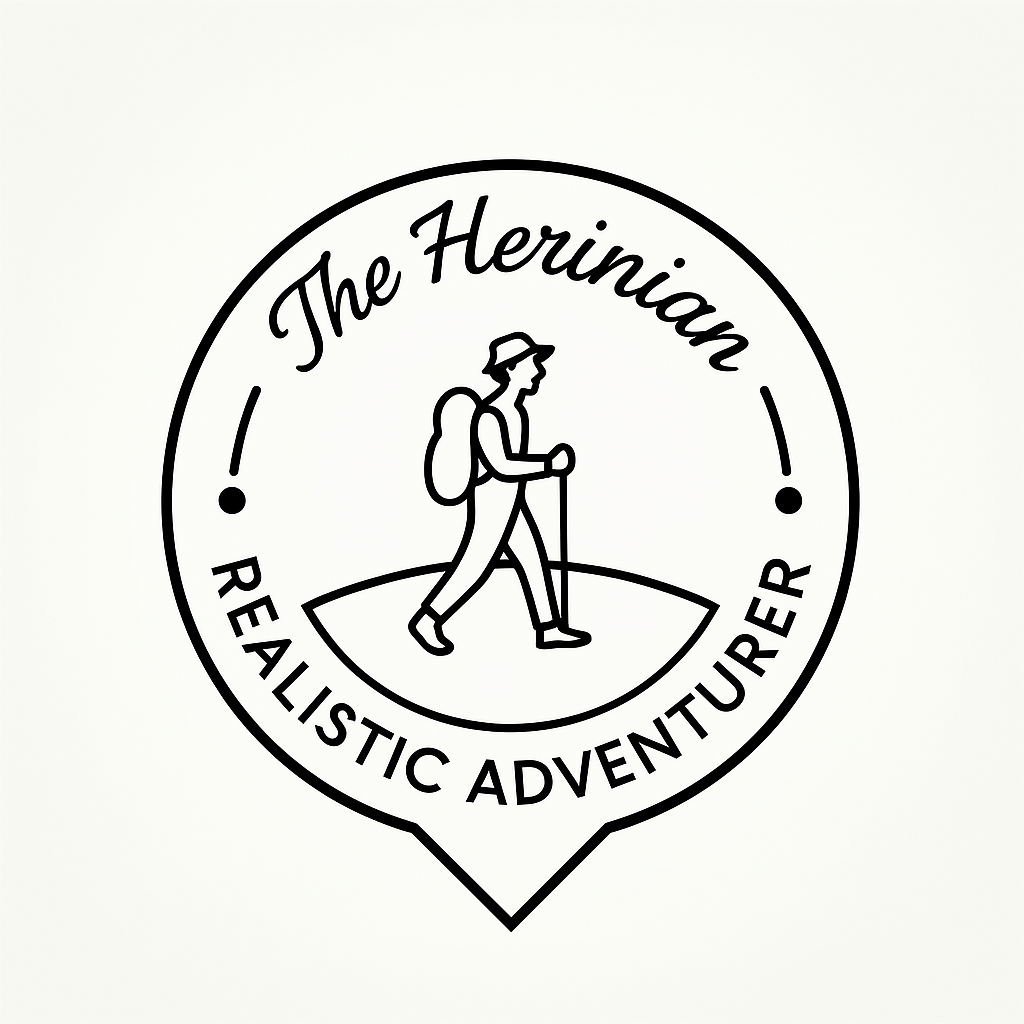
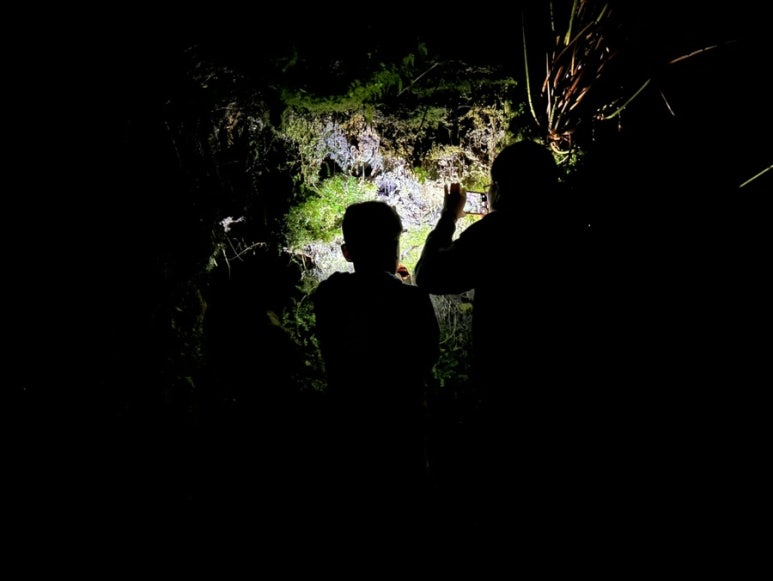
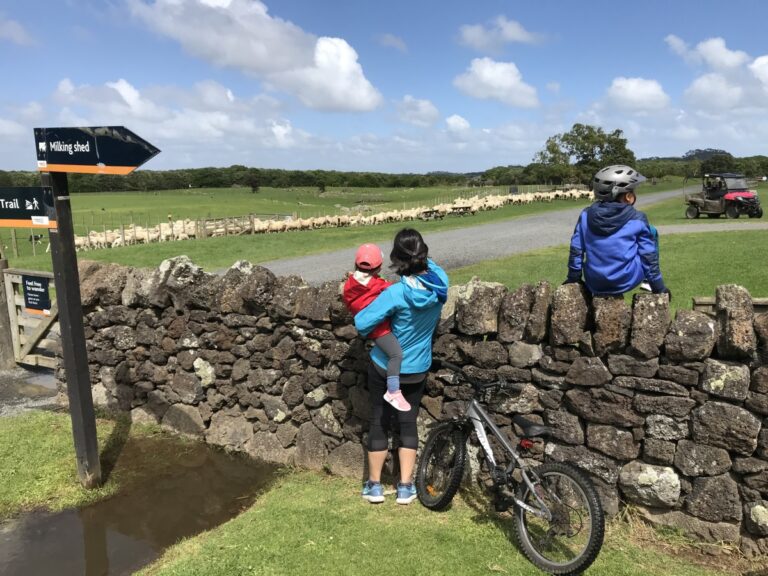
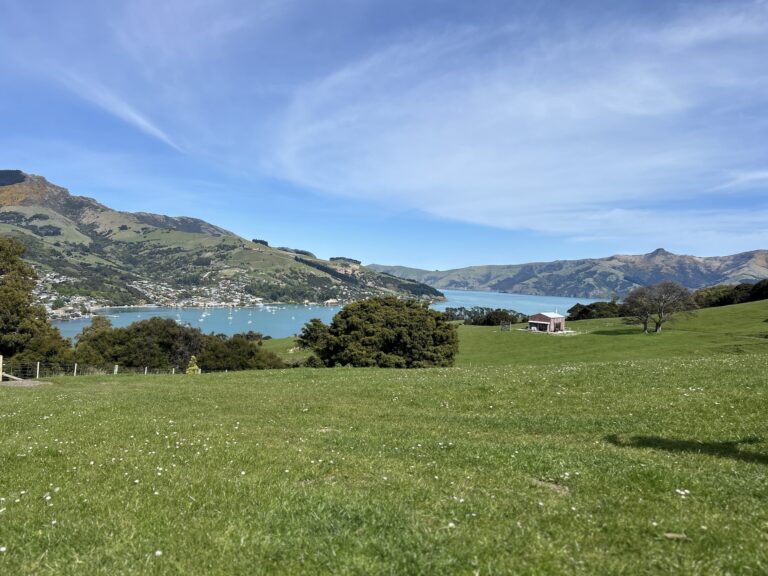
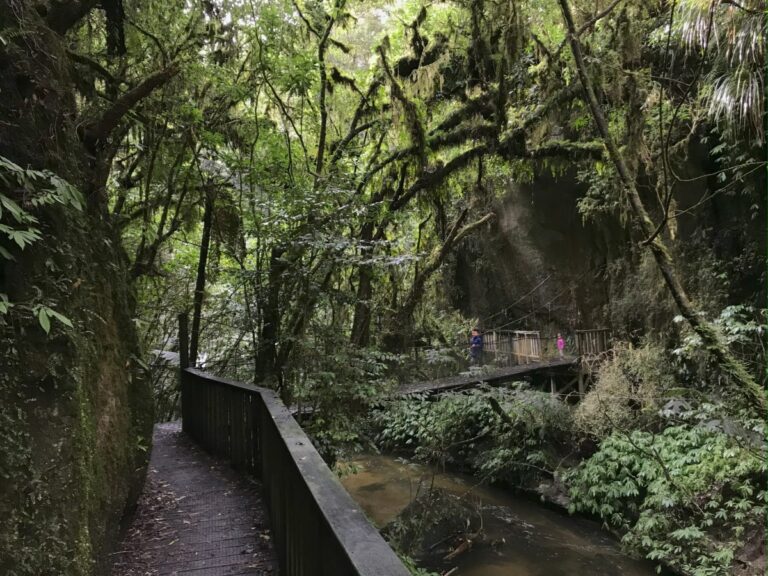



2 Comments